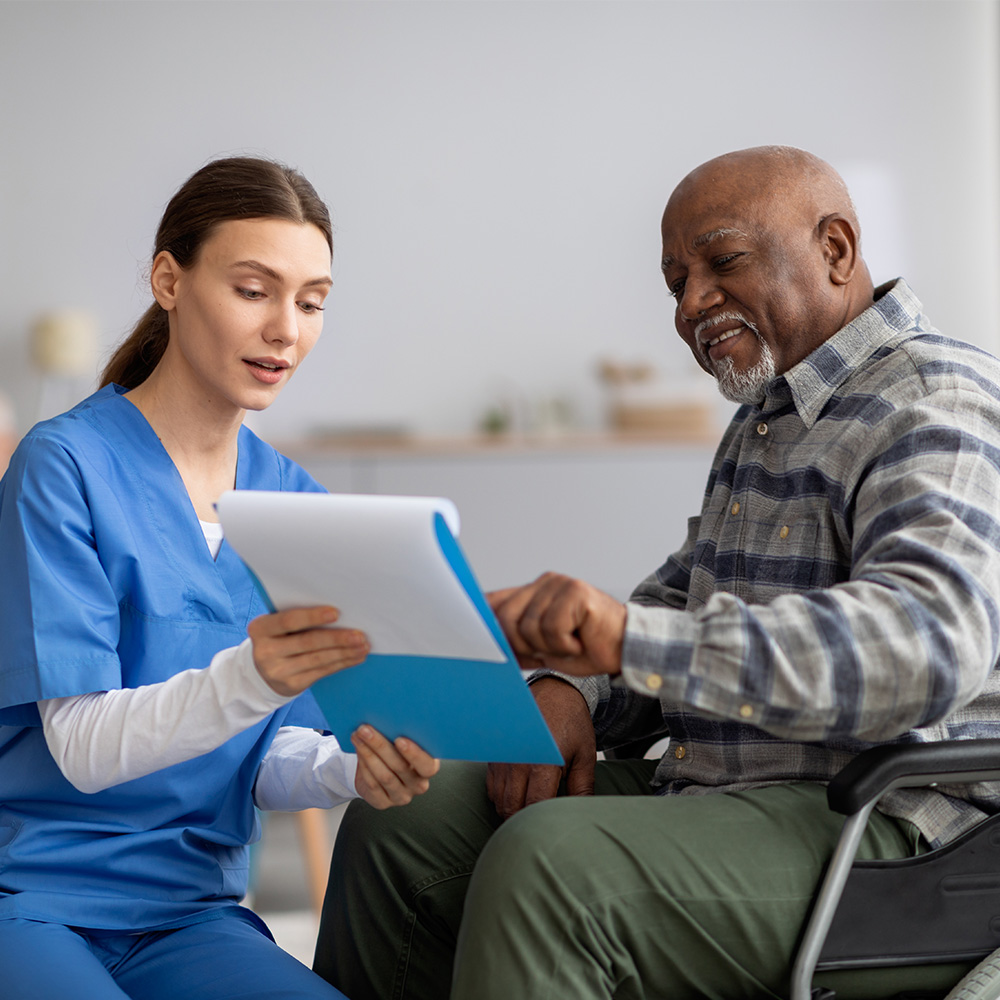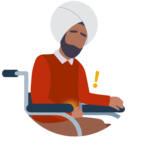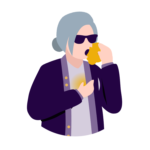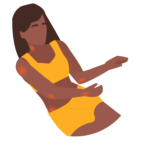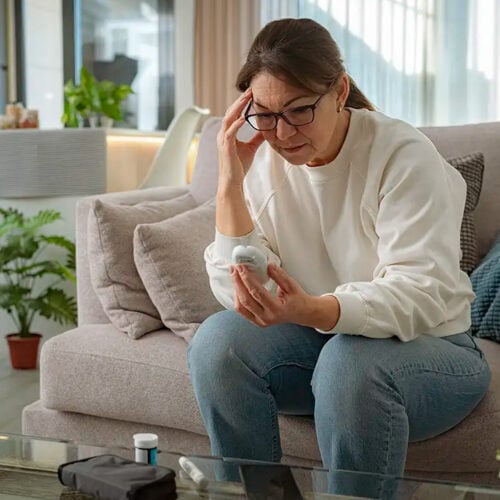Signs of Stroke Related Infections
Infection is common after a stroke and can lead to worse outcomes for the stroke survivor including sepsis and even death. Infections can occur as a result of stroke complications such as bladder control issues or swallowing issues or difficulty swallowing. They can also occur due to changes to the immune system after a stroke, making the body more susceptible to infections.
The three most common infections in the first few days and weeks after a stroke are:
If you are experiencing signs of infection, please contact your primary care physician immediately. If you are a participant in the Kandu Stroke Recovery Program, your navigator will assist you with an emergency plan to get the help you need.
Urinary Tract Infections (UTI) and Kidney Infections
Germs can build up in the bladder if urine (pee) is not being passed as frequently as necessary. Survivors with urinary retention, difficulty emptying their bladder, or limited mobility may have an increased risk of UTIs may have an increased risk of UTIs and kidney infections. Incontinence, or soiling oneself, is also very common after a stroke. Sitting in wet or soiled clothes for too long can allow germs to move up the urinary tract. This can also increase the risk of skin breakdown and infections.
Symptoms of UTIs and Kidney Infections include:
- Fever
- Pain in the abdomen or back
- Pain or burning with urination (peeing)
- Cloudy or smelly urine
- Needing to use the bathroom more frequently and urgently
- Unexplained delirium, confusion, or agitation
Some tips for preventing a UTI include:
- staying hydrated
- wiping front to back after going to the bathroom
- urinating after sex
- using clean techniques to change catheters
- avoiding the use of perfumed soap or other products on the genitals
- checking the expiration dates of contraception and intravaginal devices
- talking to the healthcare team about concerns related to your period or menopause
Lung infections or pneumonia
Swallowing difficulties, like dysphagia, can cause fluid, foods, and your own saliva to go down the wrong way into the lungs instead of the stomach. This can lead to lung infections, such as pneumonia.
Pneumonia can cause many symptoms, including:
- Fever
- Chills
- Cough, often with phlegm
- Gurgling speech and/or frequent throat clearing
- Shortness of breath
- Chest pain
- Fatigue
- Muscle aches or pains
If you have pneumonia, you may require additional treatments. Talk to your healthcare team if you are experiencing any of these concerns.
It is important to follow any recommendations from the speech or occupational therapist around thickening liquids or mealtime strategies to reduce your risk of choking or lung infections. If you have concerns about swallowing and are not seen by a therapist, talk to your medical team about a swallowing evaluation.
Make sure that you closely monitor how well you are able to chew and swallow different foods. This can help reduce your risk of choking and infection.
Skin infections or pressure sores
Too much force on delicate areas of the skin can cause pressure sores or infections. Pressure sores are especially common on bony areas of the body. You can inspect your skin for signs of infection from head to toe including:
- Back of the head
- Shoulder blades
- Elbows
- Buttocks/lower back
- Bottom/”sits bones”
- Ankle bones (sides) and
- Heels
If your skin is broken, you may require additional care or treatments. Check your skin regularly and report any concerns to your healthcare team.
To reduce your risk of skin infections, consider:
- trying to slightly change your position at least every 2 hours
- changing out of wet clothes as soon as possible
- using pressure-relieving products on the affected area, and
- checking your skin daily for signs of redness, heat, and swelling.
